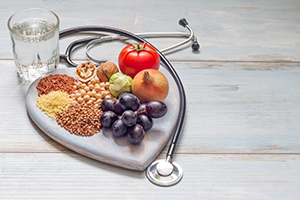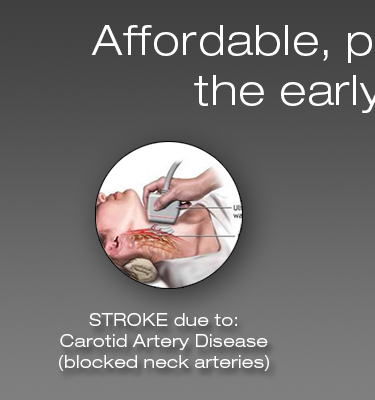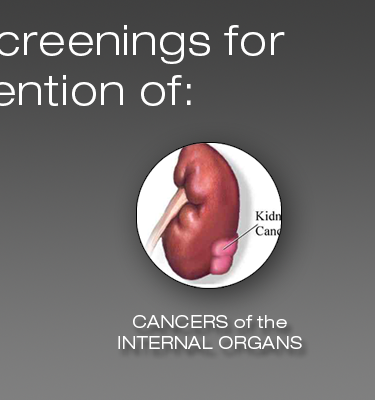Risk Factors associated with Lifestyle
There are some keys lifestyle behaviors associated with medical risk but the good news is, they are within your control. Behaviors such as drinking, smoking and poor diet attribute to many health risks. Changing those habits and adopting a regiment of regular exercise can greatly reduce your medical risks.

A healthy diet can help you reduce the risk of chronic diseases, improve your overall health and help you reach or maintain a healthy weight. Eating healthy includes making informed decisions about food choices and balancing your calories. The key recommendations from 2015-2020 "Dietary Guidelines for Americans" include the following:
- Healthier eating habits include:
- A variety of vegetables from all of the subgroups - dark green, red and orange, legumes (beans and peas), starchy, and other.
- Fruits, especially whole fruits.
- Grains, at least half of which are whole grains.
- Fat-free or low-fat dairy, including milk, yogurt, cheese and/or fortified soy beverages.
- A variety of protein foods including seafood, lean meats and poultry, eggs, legumes (beans and peas), nuts, seeds and soy products.
- Oils.
- Healthier eating habits limits:
- Saturated fats and trans fats, added sugars and sodium
- The following components are of specific concern with individuals needing to stay within specific calorie limits:
- Consume less than 10 percent of calories per day from added sugars.
- Consume less than 10 percent of calories per day from saturated fats.
- Consume less than 2,300 milligrams (mg) per day of sodium.
- Consume alcohol in moderation - up to one drink per day for women and up to two drinks per day for men- and only by adults of legal drinking age.
In addition to the recommendations above, people of all ages - children, adolescents, adults and older adults - should meet with the "Physical Activity Guidelines for Americans" to help promote health and reduce the risk of chronic disease.
Excess weight puts a strain on the entire circulatory system. It can also make people more likely to have high cholesterol, high blood pressure and diabetes; all of which can increase stroke risk.

Physical activity includes anything that gets your body moving. A recent study showed that people who exercise five or more times per week have a reduced stroke risk. The latest recommendations from the Center for Disease Control on Physical Activity Guidelines for adults include the following:
- Moderate Activity. 150 minutes of moderate-intensity activity per week (brisk walking, water aerobics, bicycling) and two or more days a week of muscle-strengthening activities.
– OR – - Vigorous Activity. 75 minutes of vigorous-intensity activity per week (jogging, running, swimming laps) and two or more days a week of muscle-strengthening activities..
– OR – - An equivalent mix of moderate - and vigorous-intensity aerobic activity and two or more days a week of muscle-strengthening activities.
- Break it up. If you can’t fit a 30-minute activity in at one time, break it up into 10-minute segments. Remember that all physical activity counts.
- Make physical activity fun. Walk or bike with a friend, take a dance class, and try different times of the day.
Regular physical activity will improve your overall health and fitness, and reduce your risk for chronic diseases.

TOBACCO USE AND SMOKING
If you are a smoker, you are twice as likely to have a stroke than those who are non-smokers. Smoking increases clot formation, thickens blood, and increases the amount of plaque buildup in the arteries. It causes premature aging. If you are a smoker, make every effort to quit. There are several options available to help you quit. It is not an easy habit to break but don't give up. Your health risk can be diminished by breaking this habit.
Alcohol use
Many studies have linked stroke to excessive alcohol consumption. Consuming too much alcohol can increase blood pressure, making you a probable risk for stroke. If you choose to drink, do so in moderation - no more than two drinks a day for men and one drink a day for women.
One drink is equal to:
- 12 ounces of beer
- 5 ounces of wine (1 glass)
- 1 ¼ to 1 ½ ounces of liquor






































































